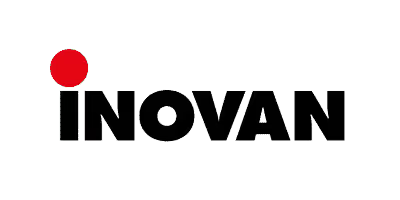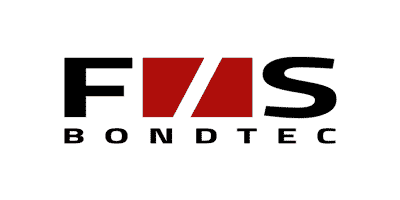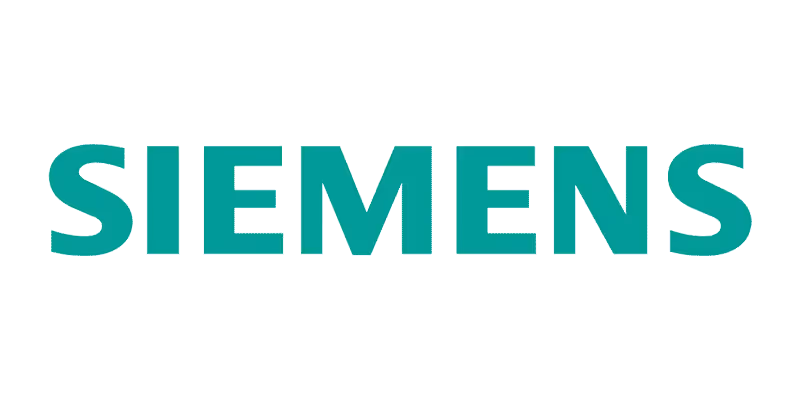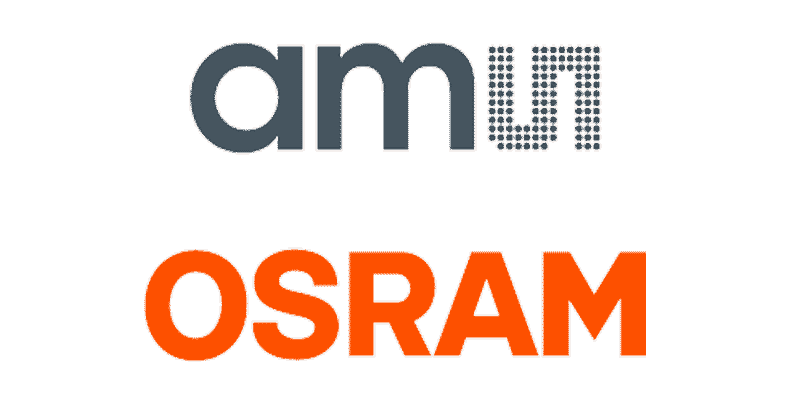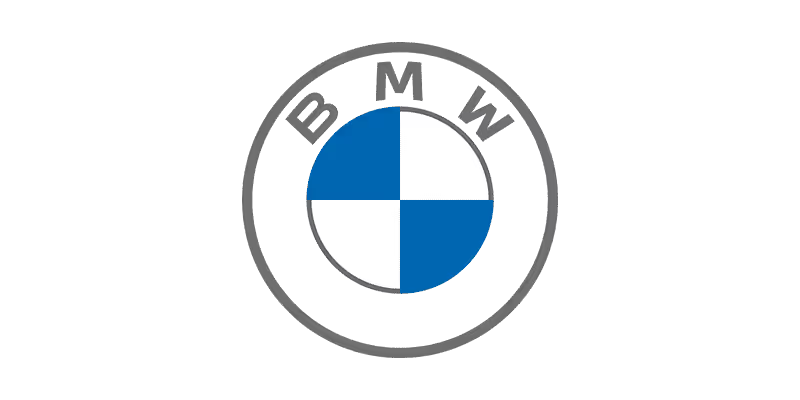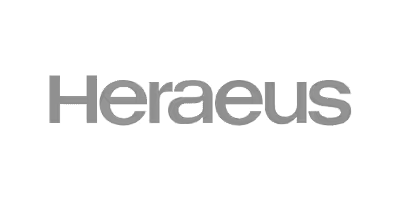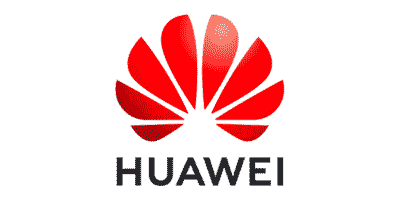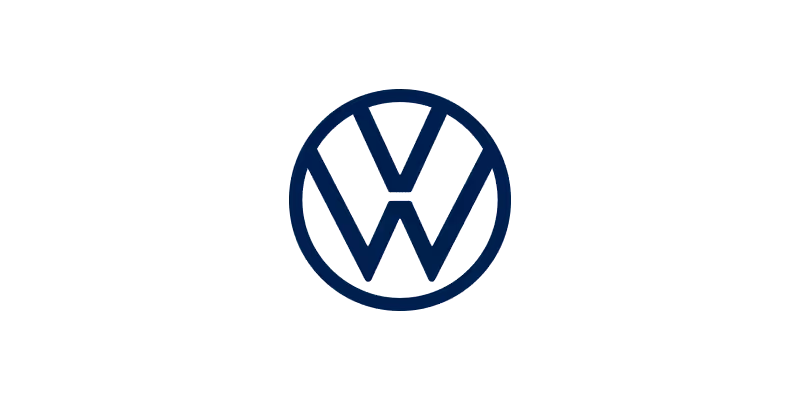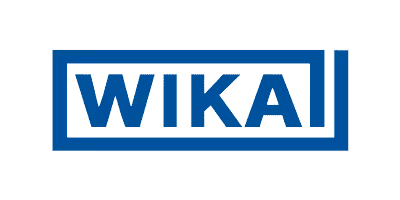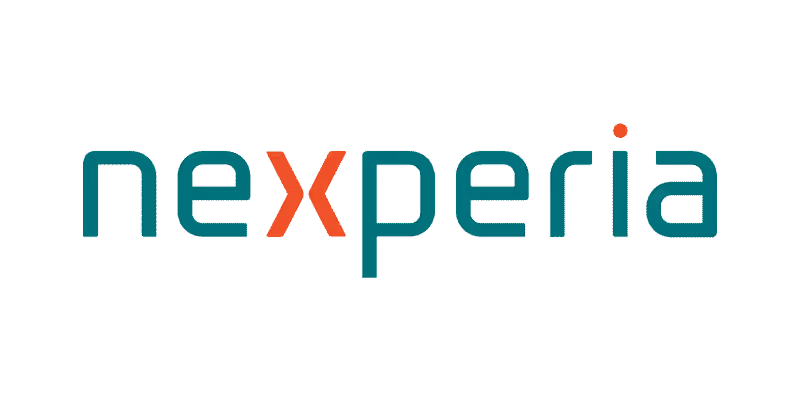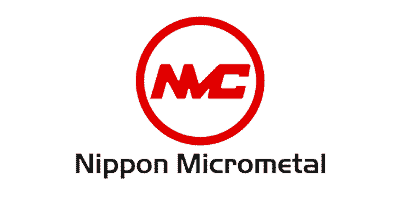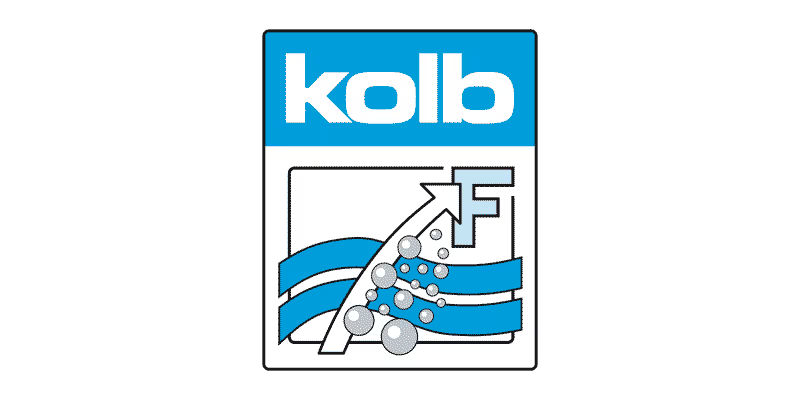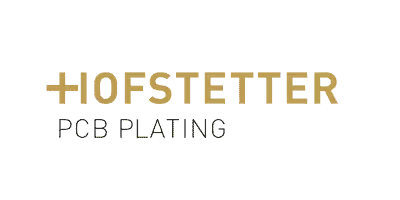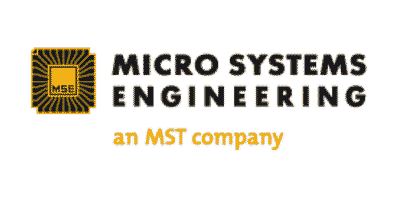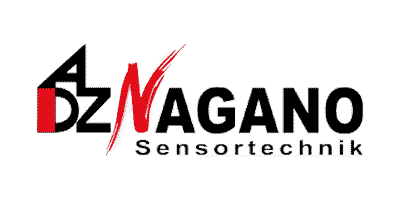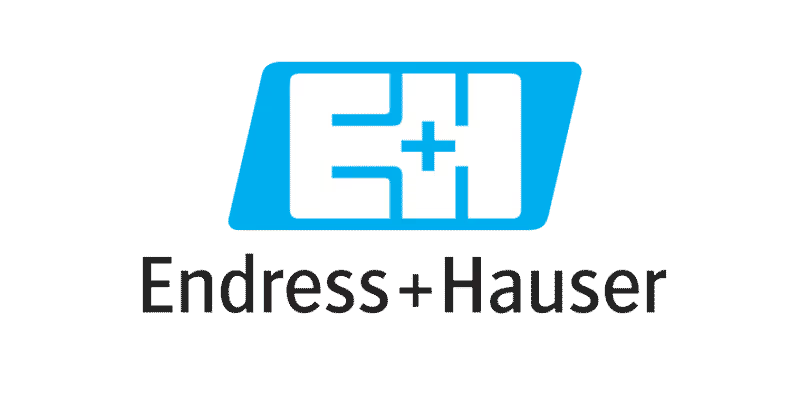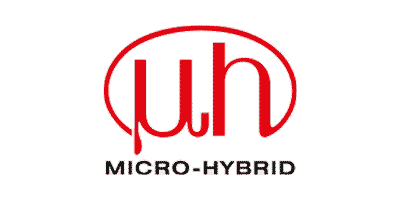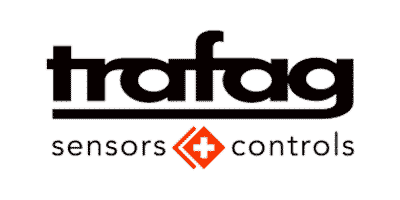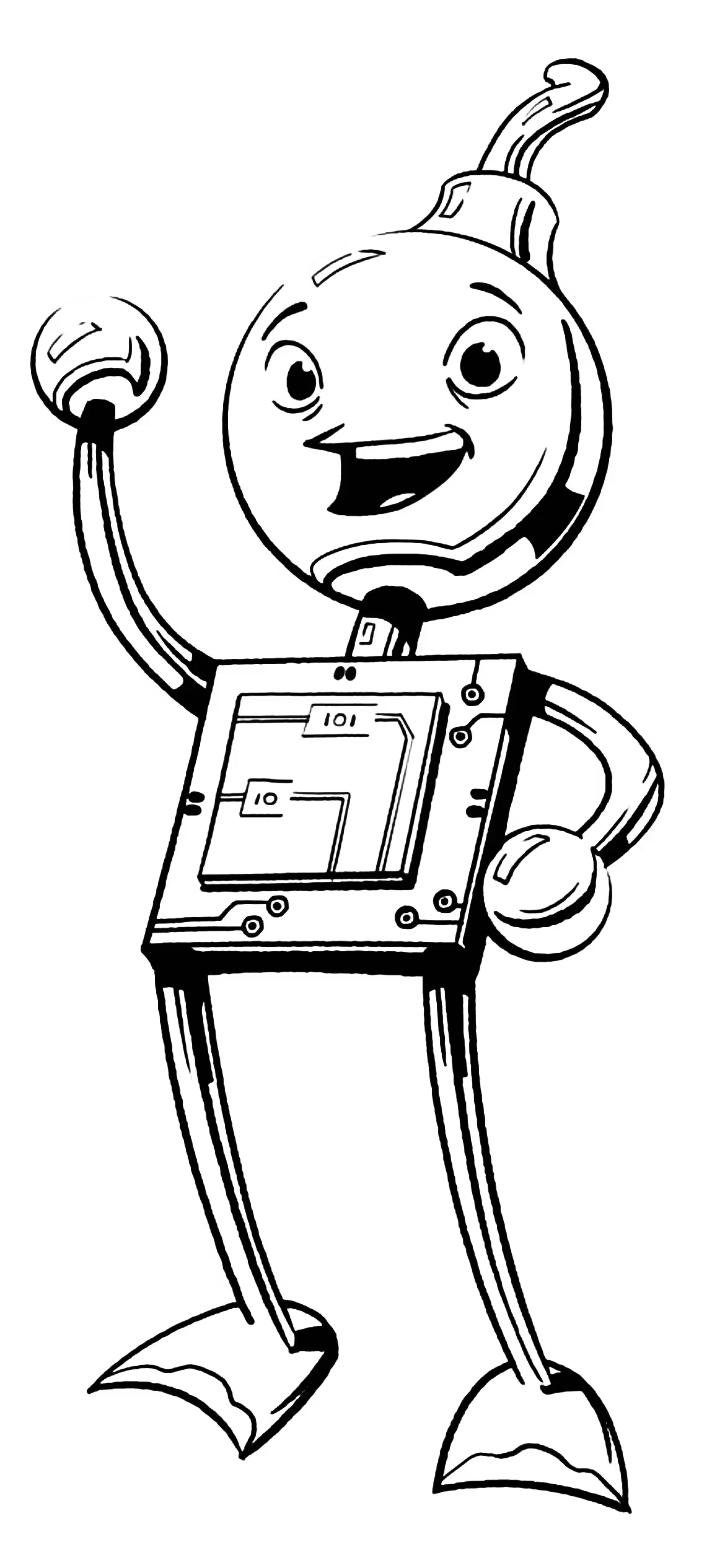Guide to cleanliness and condition of bond surfaces
More than 50 partners from across the wire bond supply chain have come together to develop a guideline for bond surfaces that will become a future standard. This standard compiles essential information on bond surfaces to ensure high quality and reliable wire bonding processes.

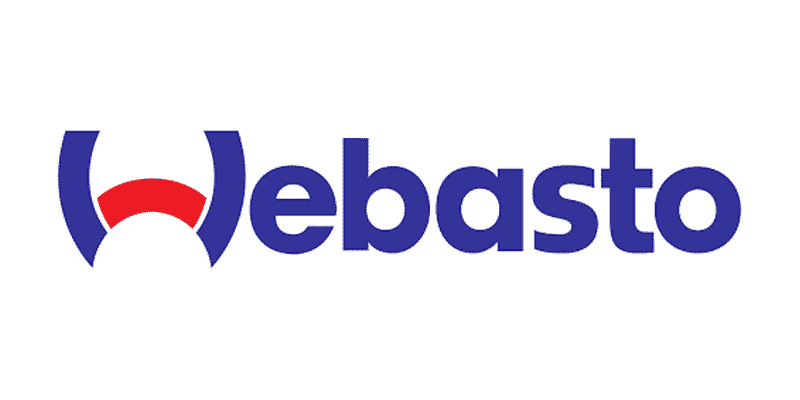
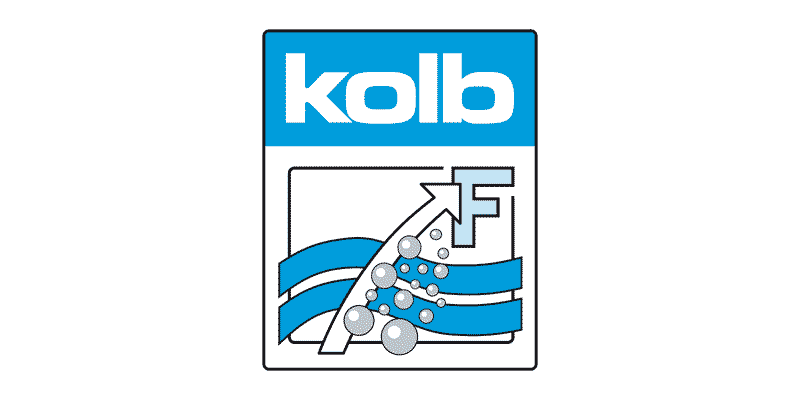
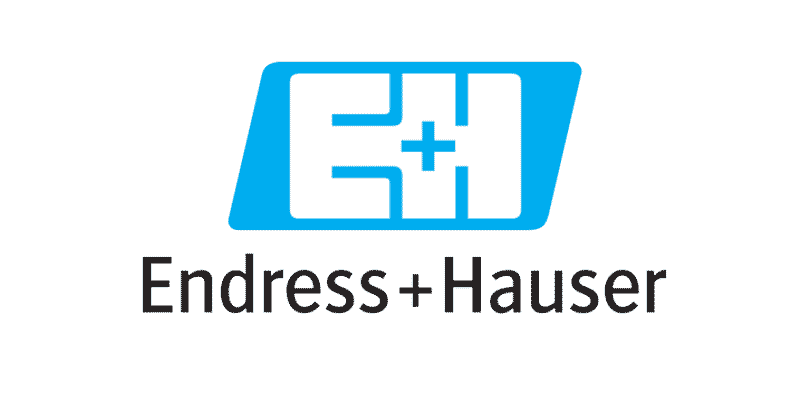
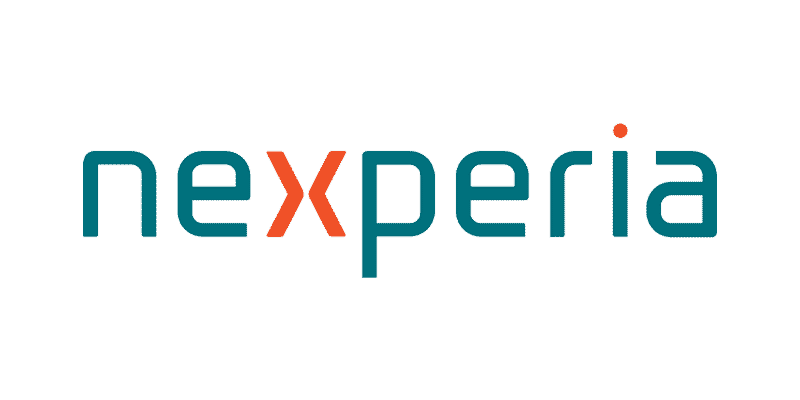
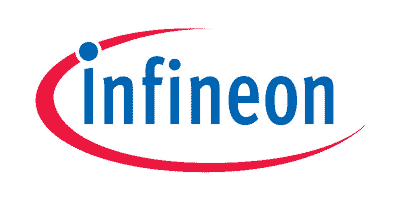
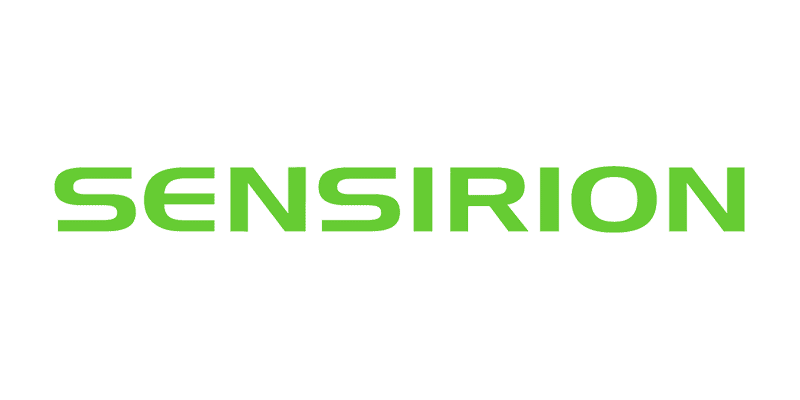
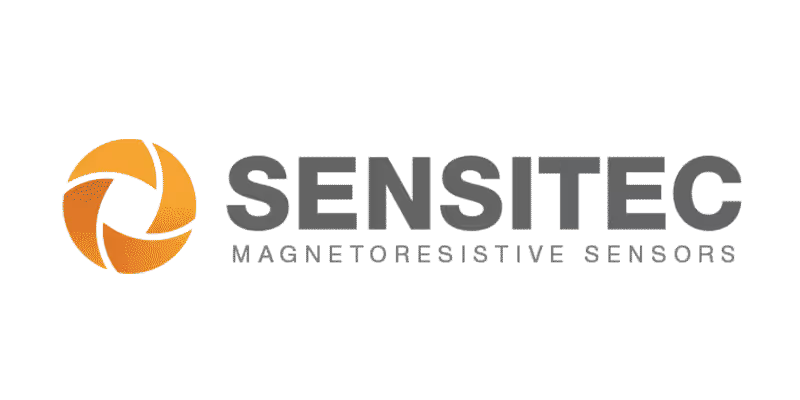
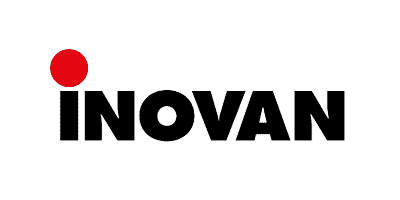
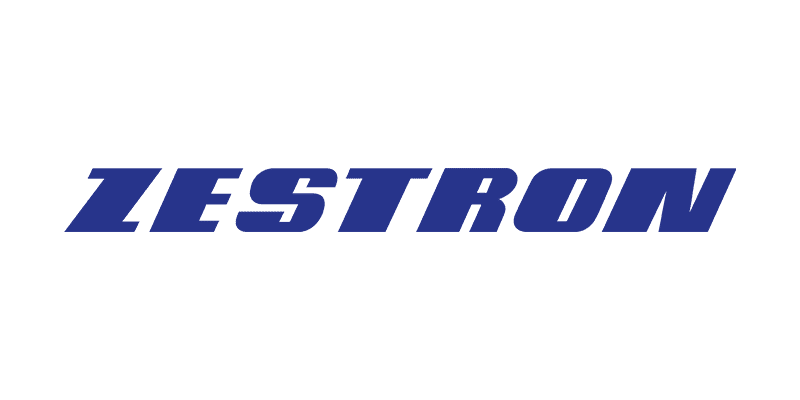
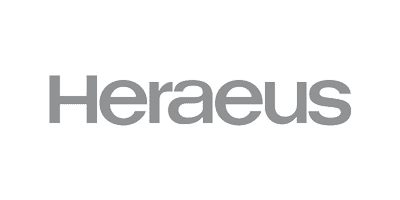
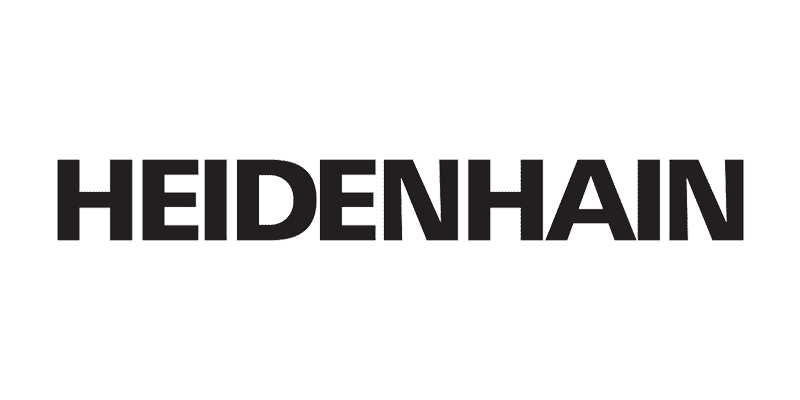
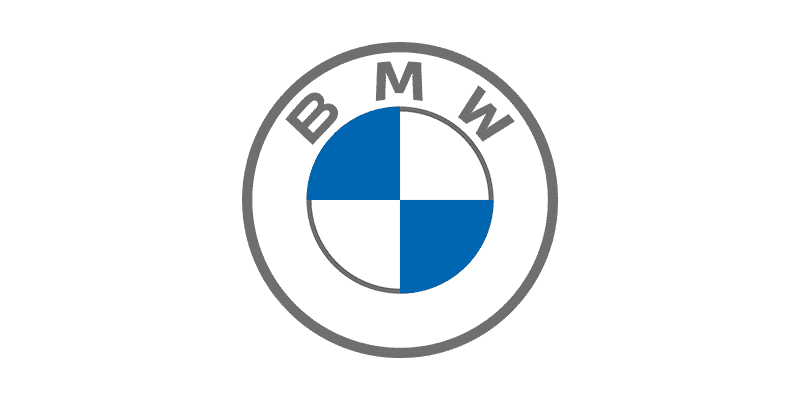
























Project content and conditions of participation
The“surf:guide” project addresses the challenge of establishing guidelines for the specification of surfaces suitable for wire bonding processes. These will be summarized in a guideline (factsheet, industrial recommendation) that will serve as the basis for the creation of an industrially recognized standard. Companies and users are thus enabled to:
Specify bonding surfaces more clearly and thus more reliably
Monitor the limits of surface properties by means of inspection, testing and measurement procedures
Process complaints faster and more accurately based on a widely agreed upon and industry approved document
Accelerate development times through short coordination paths and reduce risks for wrong decisions
Implement even more stable wire bonding processes with fewer errors and process interruptions
Bond-IQ GmbH coordinates communication and consolidates existing knowledge to develop industrial recommendations. When data is insufficient, it is gathered through targeted experiments and analyses conducted by Bond-IQ GmbH and carefully selected analysis service providers. All test methods, specifications, limit values, best practices for wire bonding applications, and image defect catalogs are compiled into a single comprehensive document. This document will serve as a valuable resource for project partners in their communication with customers and suppliers after the project's completion.
Project partners don't have to provide employees, materials or machines for the surf:guide project. Their role is to finance the project and receive the results. Even if they don't have time to actively participate, they can still access all results. This includes video recordings of project meetings and detailed information about the parts of the surf:guide project in which the partner is involved.
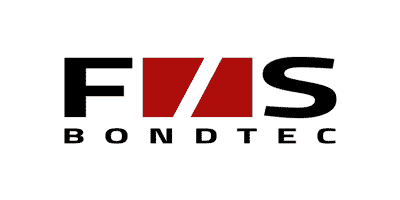
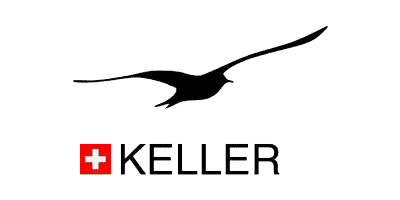









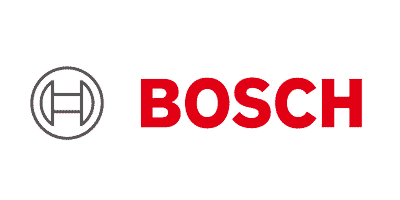
























Project structure
The project is divided into a core project and supplementary companion projects. The core project focuses on consolidating all available information on bonding surfaces into a single document. This document is designed to help companies specify their bonding surfaces and processes effectively.
The companion projects bring together investigations from 5 different areas of work relevant to users of bonding surfaces. The companion projects will collect important data to establish reliable limit values and compare methods. This data has never been collected independently and in the depth required for most bonding surfaces, testing and cleaning methods. Access to the data from the companion projects is only granted to companies that are financially involved in the respective companion project.
+++ comprehensive summary of the state of knowledge +++ definitions, method descriptions, reference images +++
+++ characteristic values and permitted limit values +++
Cleanliness of surfaces
Analytical methods
Quick tests
Limit values
Topography & Roughness
Measurement methods
Algorithms, parameters
Measurement specification
Layer interface adhesion
Layer system analysis
Adhesion testing
Tolerance sample
Pre-treatment & Cleaning
Cleaning tests
Bonding tests
Process recommendations
Visual failure catalogue
Reference images
Root causes
Corrective actions
Surf:Guide-project partners
The partners collaborate within a multi-client project, jointly funding the surf:guide project through a modest, equal investment from each participant. They oversee the project's approach and evaluate its results. In some cases, companies also contribute additional resources, such as samples, measuring equipment, personnel, or analyses.
Why the multi-client concept fits so well with the surf:guide project
Cost-effective collaboration: Each partner makes a small, equal financial contribution, significantly reducing individual investment while achieving high-impact results.
Shared Expertise: Participants benefit from the collective knowledge of industry experts, ensuring well-rounded, reliable solutions to bonding surface challenges.
Standardization Potential: The project brings together key industry players to develop a guide that can serve as the basis for future international standards.
Customizable involvement: Partners can determine their level of involvement, from simply funding the project to contributing resources such as samples or measurement equipment.
Comprehensive results: The project delivers validated data, methods, and best practices that can be directly applied to real-world manufacturing and development processes.
Networking Opportunities: By participating, partners gain access to a network of industry leaders, fostering collaboration and knowledge sharing across the supply chain.
Accelerated innovation: The multi-client model drives faster progress by pooling resources and efforts, helping partners achieve results that would be more time-consuming or costly to achieve individually.
Exchange of experience and know-how profit through cooperation with experienced experts and the participation of numerous market players
Always up to date with all information. Efficient web meetings, recorded presentations and team folders for smooth collaboration.
Cost savings and maximum return on investment through cost sharing with like-minded partners
Networking and market overview. What are the competitors doing? Where is the benchmark?
Reliable findings from specifically selected experiments and analyses
Access to numerous surface measurement data and parameters derived from them




Bond-IQ GmbH is the project coordinator
At Bond-IQ GmbH, based in Berlin, Germany, we perform bond tests on our own state-of-the-art bonding machines. These tests are performed in a highly automated and closely monitored environment to ensure precision and reliability.
With over 20 years of experience in optimizing and analyzing thin and thick wire processes, we place a strong focus on surfaces as a key element in process optimization.
We share our expertise in wire bonding technology with industry partners through services, training, and online workshops. Where data is lacking or new approaches are required, we use our independence and flexibility to initiate investigations and projects that provide valuable insights.
In collaboration with long-term partners such as Fraunhofer IZM Berlin, Tascon GmbH, TU-Berlin and other institutes, we perform advanced SEM analysis and stress testing, including moisture aging, to deliver comprehensive and actionable results.

Use the strength of a Multi-Client-Project to drive research with low investment at highest possible return on your investment.
Frequently Asked Questions
The core project started April 1st, 2024.
Companion projects will start in 2025.
The most recent version of the guide can be accessed at any time during the development process. All project meetings will be documented in minutes and video and will also be available at any time.
A first "released" version of the Guidelines will be available on March 31st, 2025. The content of this version will then need to be fine-tuned. This means that work will continue and improvements will be made even after the document has been released to the project partners. The project partners have the opportunity to initiate such improvements at any time. Work on optimising the guidelines will continue until at least December 31, 2025.
The guide provides validated parameters and methods for defining bonding surfaces, enabling you to design and implement stable bonding processes. It also serves as a reference for integrating new materials or methods into your workflow. You can use the guide as a reference during inspections to ensure that bonding surfaces meet quality standards. The defect catalog and recommended practices streamline decision-making and improve the consistency of quality inspections. The guide helps you communicate precise specifications to suppliers to ensure consistent material quality. This reduces procurement challenges and strengthens your ability to negotiate based on standardized criteria.
Work on the guide will continue until the end of 2025. All activities in the companion projects will start in 2025 and continue until 2026. Joining the project - even in 2025 - enables equal participation and shaping of the content at any time. Without direct participation in the project, it is difficult to influence the content of the guide.
As a development engineer – participating in the project provides access to industry-wide data and insights that help improve bonding surface specifications and processes. You'll gain access to cutting-edge testing methods and validated limit values, accelerating development cycles and reducing risks for production interruptions.
As a quality inspector – the project delivers standardized guidelines and detailed defect catalogs, making inspections more reliable and consistent. With clear references, it simplifies complaint handling and ensures higher product quality by reducing variations in bonding surfaces.
As a purchaser – by participating, you ensure the materials and services you procure meet established, standardized criteria. This minimizes quality disputes and ensures smoother communication with suppliers, ultimately saving time and money.
Technical Advantages:
Access to in-depth data on bonding surface properties, including cleanliness, roughness, and layer adhesion, which are essential for optimizing production processes.
Validation of measurement methods and testing procedures that directly relate to your specific needs.
Tailored insights into bonding behaviors, ensuring you can adapt processes to unique material or production requirements.
Economic Advantages:
Significant cost savings compared to conducting independent research. Collaborating in a multi-client framework spreads costs across participants, maximizing return on investment.
Data and results obtained can help optimize processes, reducing waste and improving efficiency.
Early access to new methodologies and best practices allows you to stay ahead of competitors and avoid expensive corrective actions later.




